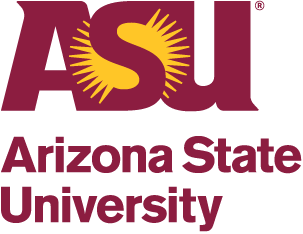Topic: Deeper Learning
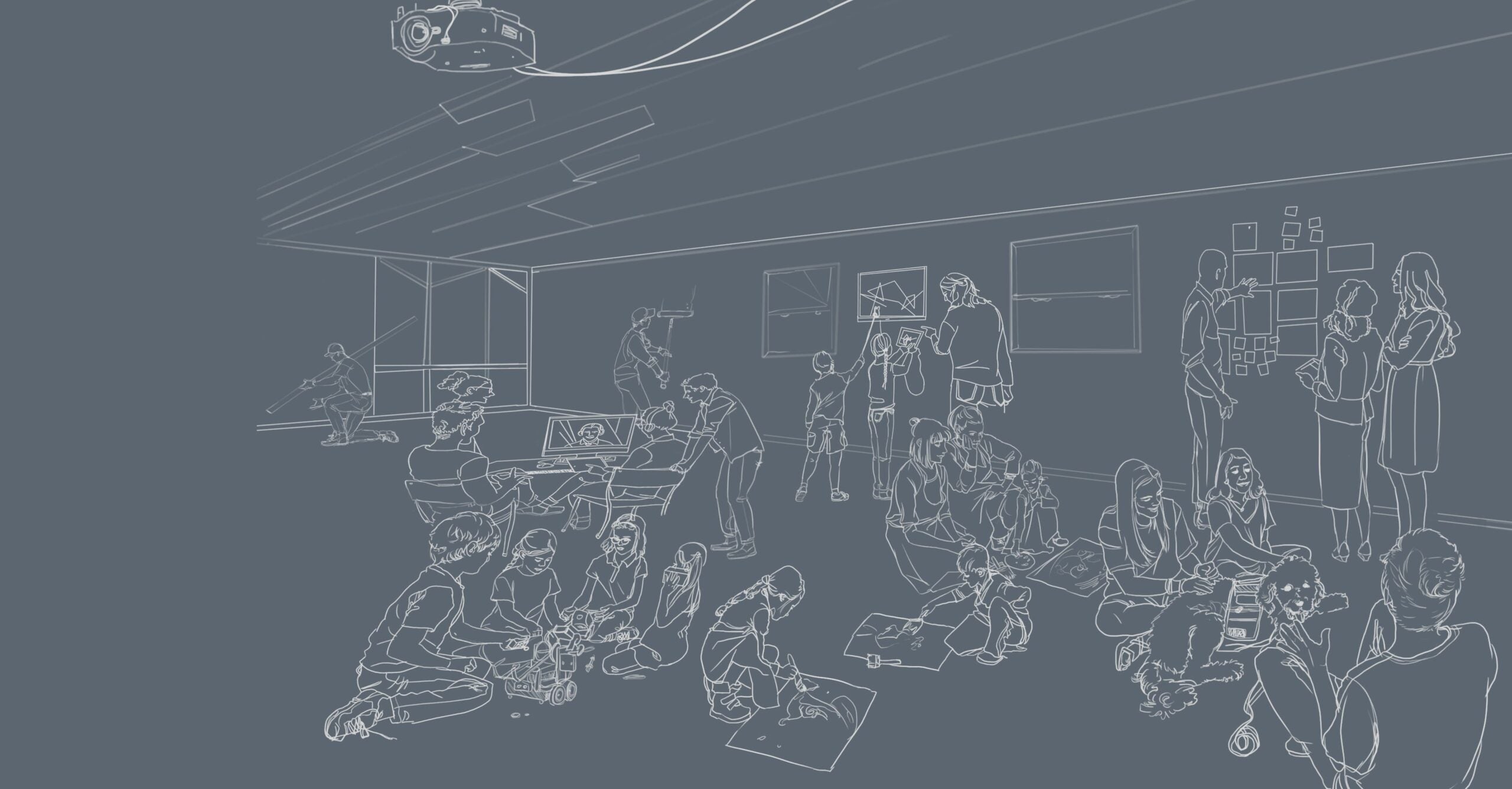
Seminar-style teaching
This guide offers a step-by-step collaborative planning process designed to promote deeper and more personalized learning. Explore how Westwood High School educators implement differentiated roles, team-based support and flexible schedules to bring their vision of seminar learning to life.
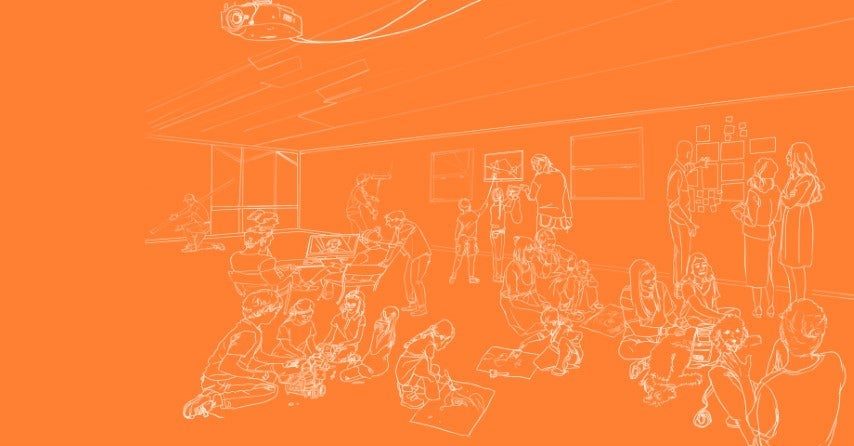
Dynamic student groupings at Stevenson Elementary (Kindergarten)
Explore some of the ways an educator team grouped and regrouped 100 students over the course of a single day.

Dynamic student groupings at Mountain View High School
Explore how 100 ninth grade students are supported by a core educator team that includes a Spanish teacher, biology teacher and a dual-certified English and world history teacher.

Dynamic student groupings at Skyline High School
Explore some of the ways an educator team grouped and regrouped 100 students over the course of a single day.

Driving Academic Progress
Learn more about how one school system leveraged bus drivers as literacy tutors between driving shifts.
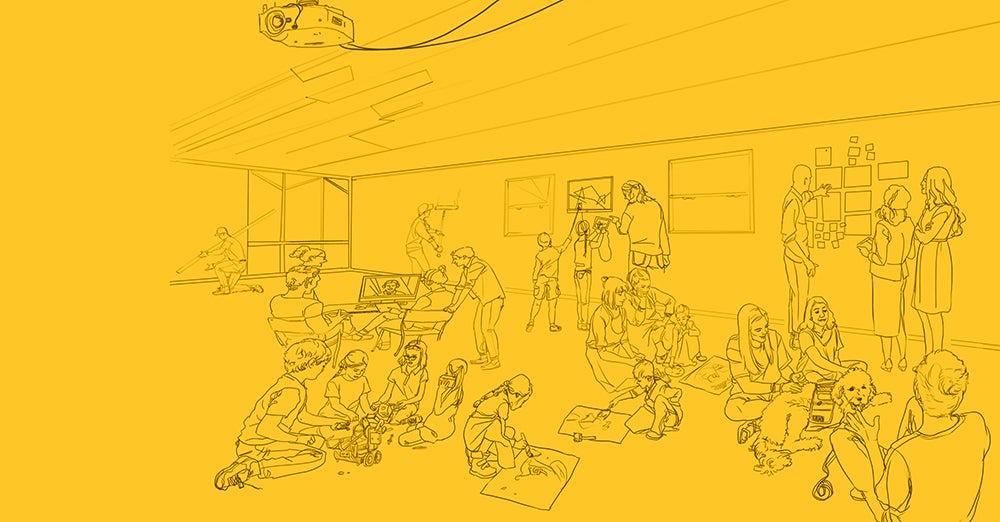
Curated external resources
We’ve proposed lists of resources on deeper learning, personalized learning, and deeper and personalized learning in a virtual setting. These lists, while not comprehensive, have been curated to help educators target their searches.

Relationships come first
Learn how MLFC works with schools and other partners to 1) provide all students with deeper and personalized learning by building teams of educators with distributed expertise and 2) empower educators by developing new opportunities for role-based specialization and advancement.

Community Circles
When a child enrolls at Jefferson Elementary, they are assigned to a community circle composed of at least one child from each grade level. Explore this resource to learn more about the program and its impact on learning for students and for staff.

Literacy Accelerators
Two to four times per week, Skyline High School teacher academy students assume the role of community educator at their feeder school, Stevenson Elementary.

Medical Innovations
To gain an understanding of a variety of medical conditions and how they affect the people who face them, the 4–6 grade teaching team assembled ten community educators to participate in interviews with their students.

Dynamic student groupings at Paulo Freire
How Paulo Freire’s team of educators grouped and regrouped 68 middle school students over the course of a day.

Dynamic student groupings at Kyrene de las Manitas
At Kyrene de las Manitas, teams of educators incorporate dynamic student groupings into a shared roster of students.

Dynamic student groupings at Stevenson Elementary (5-6th)
Explore some of the ways an educator team grouped and regrouped 100 students over the course of a single day.
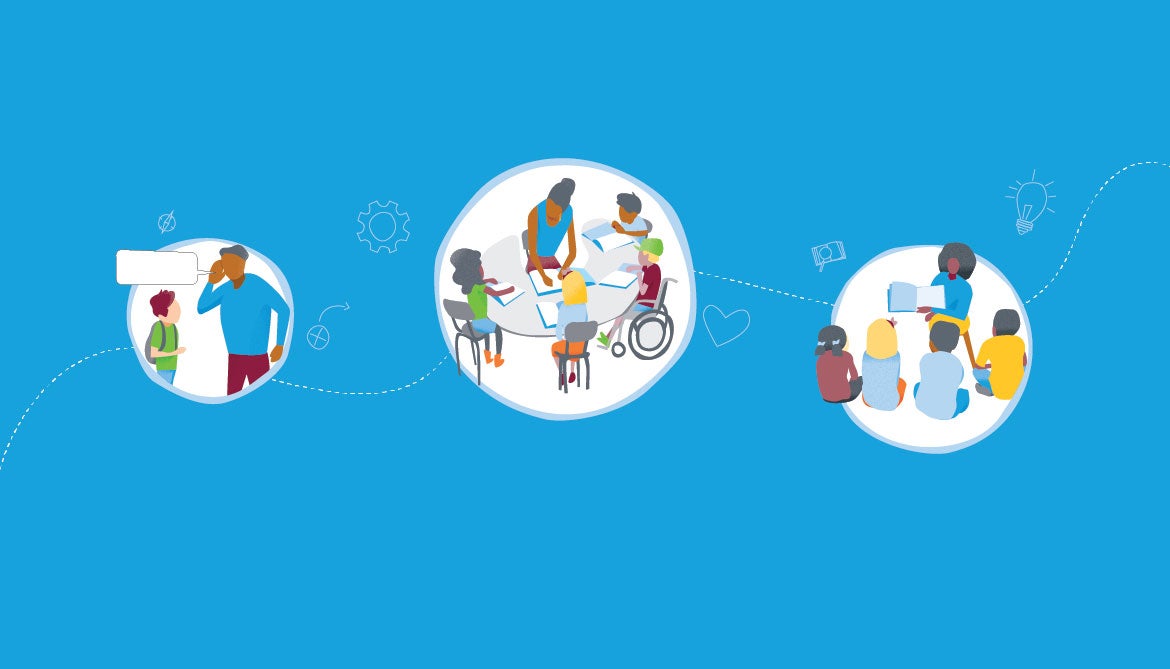
5 tips for community educators preparing to enter the classroom and other learning spaces
These five tips will help community educators prepare and feel ready to enter any learning space, have a successful experience and make lasting, meaningful connections with learners. This resource expands on helpful tips around translating industry expertise, managing the learning space, working with students during the visit and more.

5 tips for creating an inclusive secondary school learning model
Leverage special educators’ knowledge and skills to increase the effectiveness of educator teams.

Self-organized learning environments
Learn to implement self-organized learning environments, an instructional approach in which students explore complex questions in self-organized peer groups.

Kyrene de las Manitas Innovation Academy: School spotlight
Kyrene de las Manitas Innovation Academy is committed to engaging students in a dynamic learning environment that promotes academic excellence and prepares them to be innovators and leaders of tomorrow. In this resource, you’ll learn how they’re implementing a Next Education Workforce model.

Smith Junior High: School profile
Smith Junior High is located in Mesa, Arizona, and serves about 900 students in grades 7-8. Each core educator team serves about 150 students and includes certified teachers with expertise in a specific content area, one of whom serves as the lead teacher for the team. In this resource, you’ll find out how they’re implementing a Next Education Workforce model.

Connecting with Community Educators
Community educators can be found simply by asking around your own social networks and community. However, there are also resources made specifically to locate and connect with industry experts who are ready to support your learning environment.

Mock Trial
Activating a lawyer for unit planning support is a great example of a community educator contributing to the distributed expertise of a team. Learn how.

Living Library
The Living Library brought more than 35 community educators — from stay-at-home parents to investment bankers — to connect with high school students struggling to see the importance of learning math.

Interest-based student groupings
Interest-based student groupings are groupings driven by student voice and choice. This planning protocol is an opportunity for team members to explore ways to leverage your team of educators to provide student voice and choice within a lesson or across a unit. In it, you’ll identify a lesson or unit appropriate for interest-based student groupings, draft student choices and work together to plan team deployment.

Skills-based student groupings
Skills-based student groupings are groupings based on formative student learning data. This planning protocol is an opportunity for team members to explore how you might leverage your team of educators to differentiate instruction for learners. In it, you’ll identify the objective(s) of your choice, draft a check for understanding and work together to plan team deployment for skills-based student groupings.

Deeper and personalized learning at Stevenson Elementary
Hear from Stevenson Elementary School students about the school’s approach to student-centered learning, including student voice and choice in learning paths.

Stevenson’s team-based model
Hear from Stevenson Elementary School principal Krista Adams about educator teams’ dynamic approach to supporting students.

How teaming has impacted one lead teacher’s practice
Mountain View School kindergarten lead teacher Danielle Ashenbrener describes how a team-based approach has helped her to get to know her students better and to target student learning to meet individual students’ needs.
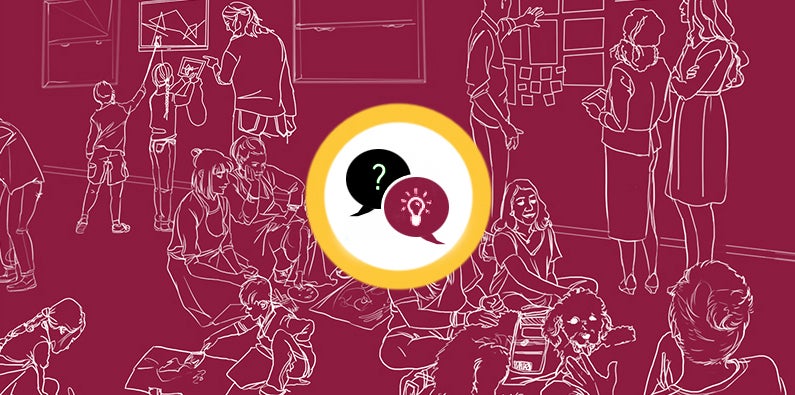
Changing the model: Building the Next Education Workforce
What’s normal in education is broken. In collaboration with school and community partners, Arizona State University’s Mary Lou Fulton College for Teaching and Learning Innovation is working to change that.

Student-selected support
In an effort to shift the ownership of learning from educator to student, SPARK School at Kyrene de las Manitas has implemented a system for students to reflect on their learning and progress, identify the academic support they need and schedule time to meet with the appropriate educator(s). This resource guides educator teams through steps to implementing student-selected support.

10 Tips for planning team-based deeper learning
The educator team at Kyrene de las Manitas Innovation Academy co-plans project-based units that support deeper learning. The 10 tips appearing in this document are drawn from their approach to planning. To get started, consider how your team might implement these tips.

Team-based PBL unit planning template
Next Education Workforce team-based structures can strengthen the project-based learning instructional approach. This unit planning template takes educators through the steps of designing a PBL unit, while also planning for how to maximize distributed expertise.

The Creighton Academy: School profile
The Creighton Academy in Phoenix, Arizona serves about 300 students in grades K–6. Every student is a member of a covey: a multi-age group of 55–60 students. Students work with educators specific to their coveys and educators who work across coveys. Here, you’ll learn how they’re implementing a team-based model.
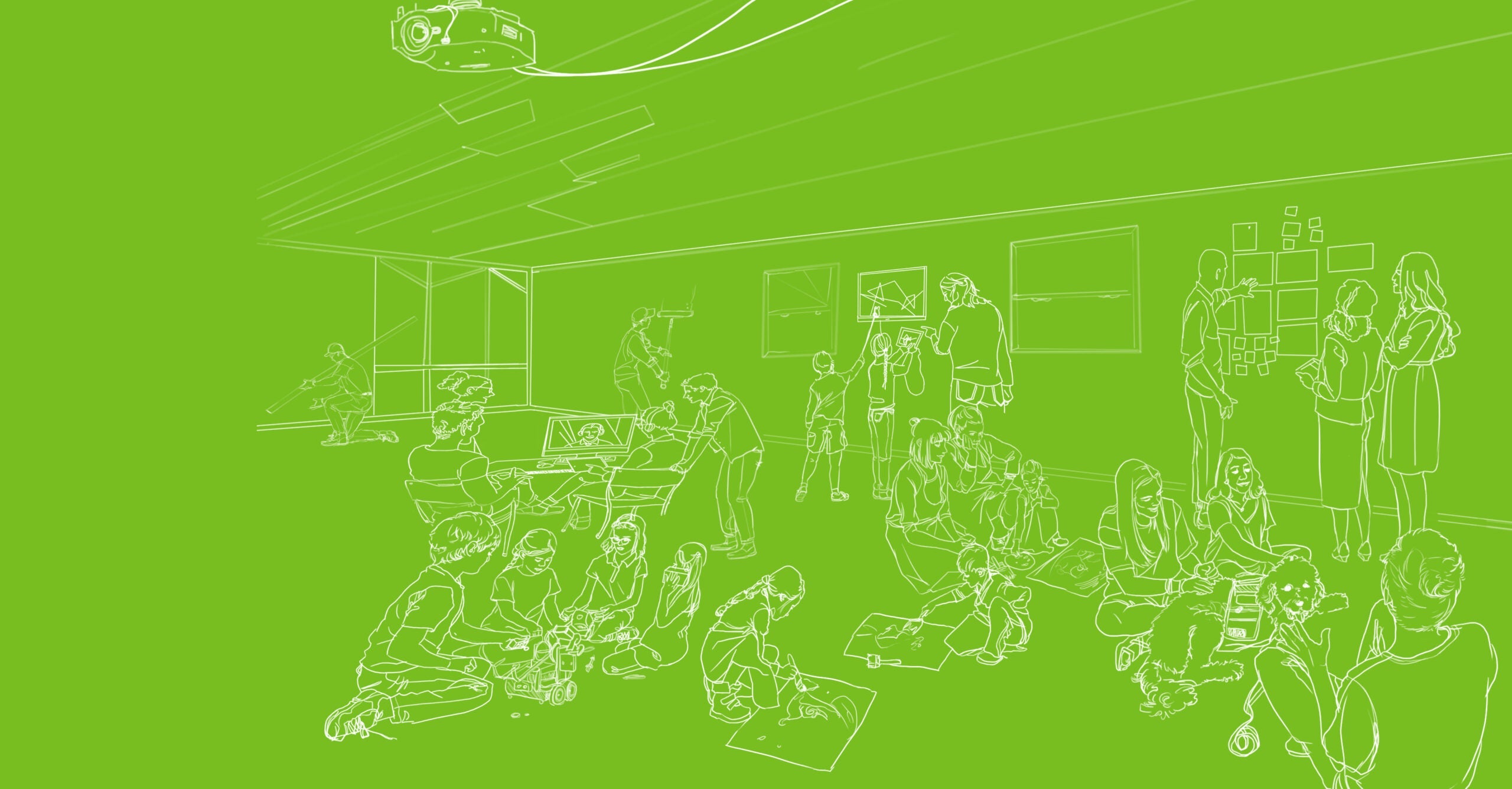
The relationship between deeper and personalized learning and teams of educators with distributed expertise
Hear from MLFC Dean Carole Basile about the relationship between deeper and personalized learning and teams of educators with distributed expertise.

Elementary instructional blueprints: An introduction
Elementary instructional blueprints suggest ways teams of educators with distributed expertise might deploy themselves to better deepen and personalize student learning.

Elementary instructional blueprint: Lessons with industry experts
Elementary instructional blueprints suggest ways teams of educators with distributed expertise might deploy themselves to better deepen and personalize student learning.

Elementary instructional blueprint: Thematic learning rotation
Elementary instructional blueprints suggest ways teams of educators with distributed expertise might deploy themselves to better deepen and personalize student learning.

Elementary instructional blueprint: Authentic assessment work time
Elementary instructional blueprints suggest ways teams of educators with distributed expertise might deploy themselves to better deepen and personalize student learning.

SPARK School invites experts to the classroom

SPARK School implements deeper and personalized learning
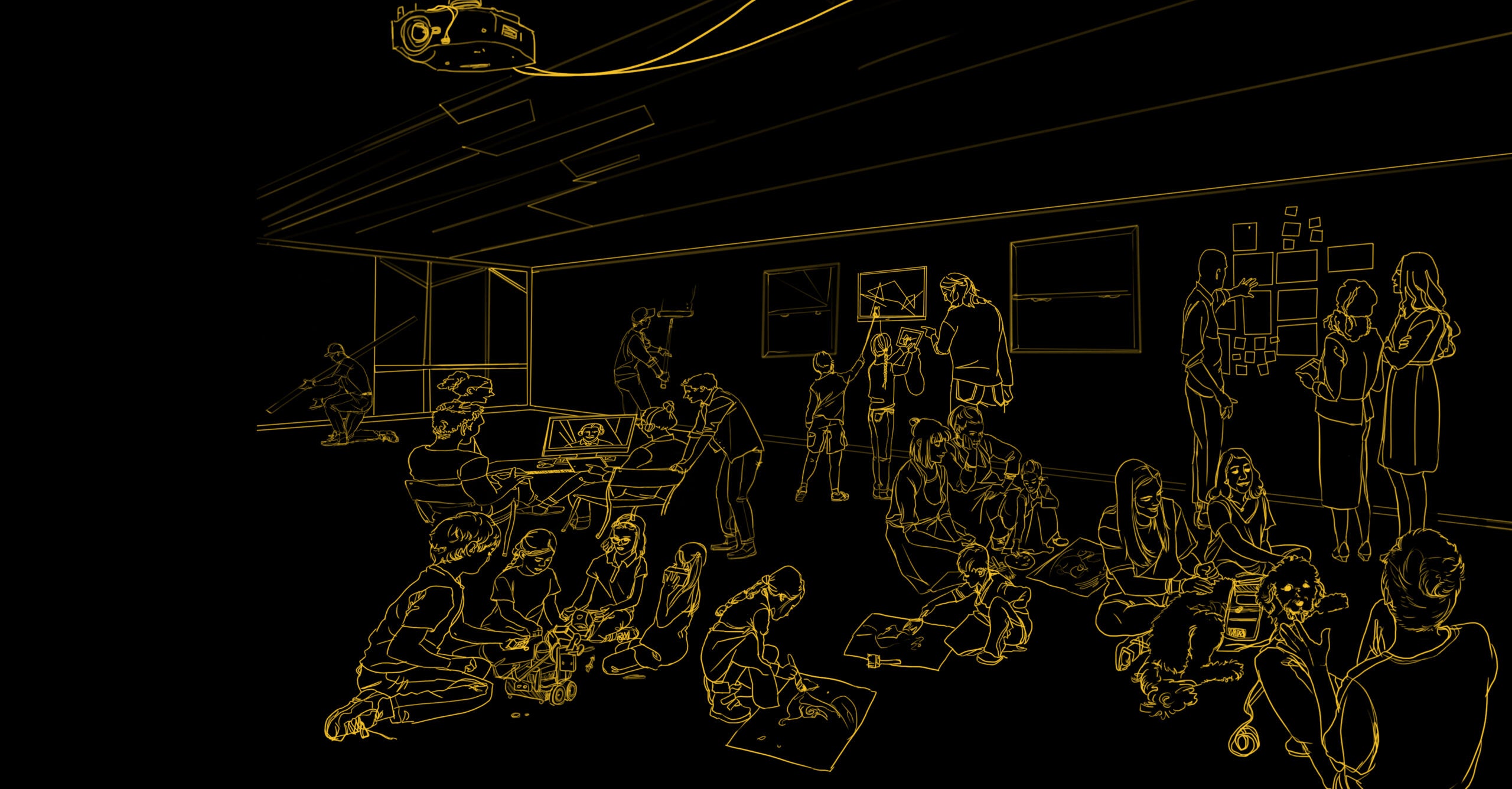
SPARK School: School profile
At SPARK School at Kyrene de las Manitas, 120 students in multi-aged grade bands (third through fifth grades) work with a core team of six educators: one teacher executive designer, two certified teachers and three teacher candidates. The prototype school-within-a-school was developed during a design process collaboratively led by the Kyrene School District and ASU’s MLFC Design Initiatives. In this resource, you’ll find out how they’re implementing a Next Education Workforce model.

SPARK School: Spotlight on the schedule
At SPARK School at Kyrene de las Manitas, 120 students in multi-aged grade bands (third through fifth grades) work with a core team of six educators: one teacher executive designer, two certified teachers and three teacher candidates. The prototype school-within-a-school was developed during a design process collaboratively led by the Kyrene School District and ASU’s MLFC Design Initiatives. In this resource, you’ll explore their schedule.

Whittier Elementary: School profile
In Fall 2020, Whittier Elementary in Mesa, Arizona will create two team-based learning communities with 170 students in grades four through six. Each “house” will include 85 students and will be guided by an educator team comprising three certified teachers and two MLFC teacher candidates. In this resource, you’ll find out how they’re implementing a Next Education Workforce model.

Deeper learning resources
Exploring a new topic can be exciting. We want to help make sure your exploration is productive, with targeted searches from reliable sources. This list, while not comprehensive, offers good resources for planning and implementing deeper learning.
Deeper and personalized learning resources for a virtual setting
This list, while not comprehensive, offers good resources for planning and implementing deeper and personalized learning for a virtual setting.
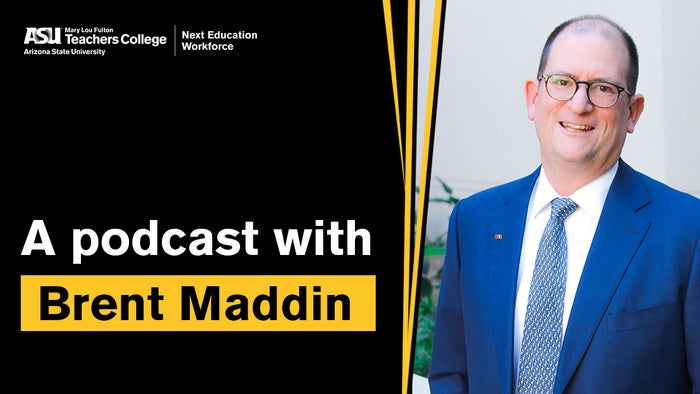
Brent Maddin: What is the Next Education Workforce?
Host Brent Maddin shares how MLFC is working with schools and other partners to 1) provide all students with deeper and personalized learning by building teams of educators with distributed expertise and 2) empower educators by developing new opportunities for role-based specialization and advancement.
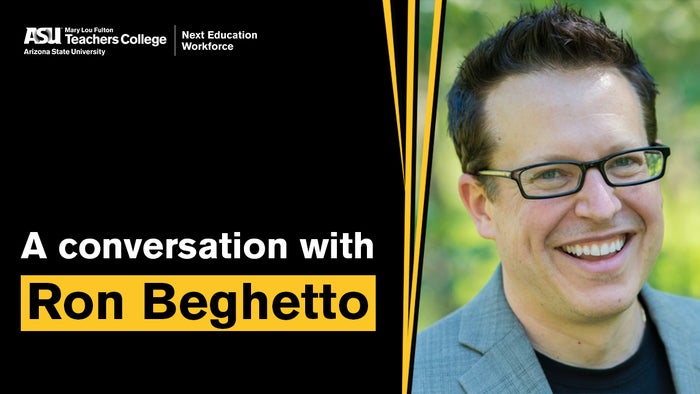
Ron Beghetto: Against technological macaroni art
Brent Maddin talks with Ron Beghetto, Professor and Pinnacle West Presidential Chair at ASU’s Mary Lou Fulton College for Teaching and Learning Innovation, about creativity, beautiful risks, and how we can improve education for all learners.

SPARK School: COVID addendum
At SPARK School at Kyrene de las Manitas, students in multi-aged grade bands (3rd through 5th grades) work with a core team of six educators: one teacher executive designer, two certified teachers and three teacher candidates. In this resource, you’ll find out how the team at SPARK School has adapted their instructional model as a result of the COVID-19 pandemic while still prioritizing deeper and personalized learning for the students they serve.

Stevenson Elementary: School profile
Stevenson Elementary School is a Title I school located in Mesa, Arizona that takes a dynamic approach to serving about 700 students in preschool through 6th grade. The school’s Next Education Workforce model wraps teams of educators around students in grades K-6 with the goal of providing deeper and personalized learning. In this resource, you’ll find out how they’re implementing a Next Education Workforce model.
Stevenson Elementary 3rd grade team profile
Stevenson Elementary School is a Title I school located in Mesa, Arizona that takes a dynamic approach to serving about 700 students in preschool through 6th grade. The school’s Next Education Workforce model wraps teams of educators around students in grades K-6 with the goal of providing deeper and personalized learning.
